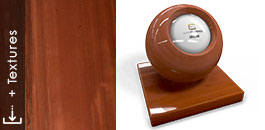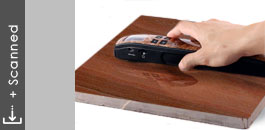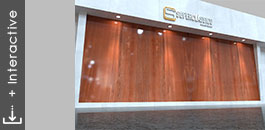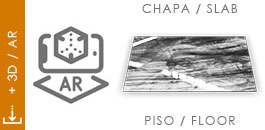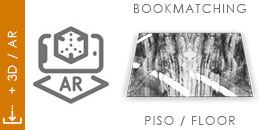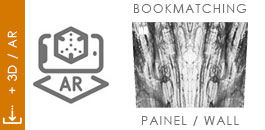Urucum
Urucum is a type of natural Brazilian quartzite, known for its vibrant color and reddish hue, reminiscent of the “Urucum” name, inspired by the annatto seed traditionally used for pigmentation.
Characteristics of Urucum Quartzite
Composition:
- Mainly composed of quartz, which provides high resistance and durability.
- May contain traces of iron oxides, responsible for its reddish color.
Appearance:
- The red tone is characteristic, with variations that may include darker or lighter bands depending on the mineral distribution.
- The texture is generally smooth, with a visual aspect that resembles sandstone but with the resistance of quartzite.
Physical Properties:
- Hardness: Approximately 7 on the Mohs scale, indicating high resistance to scratches.
- Resistance: Excellent abrasion resistance, making it ideal for high-traffic areas.
- Porosity: Low porosity, which facilitates maintenance and cleaning.
Uses of Urucum Quartzite
Architecture and Interior Design:
- Wall Cladding: For both interior and exterior walls, offering an impactful and durable visual.
- Flooring: Suitable for high-traffic areas such as entry halls and commercial spaces due to its durability.
- Countertops: Ideal for kitchen and bathroom countertops because of its resistance to stains and heat.
Decorative Elements:
- Used in fireplaces, niches, and other decorative elements, adding a touch of color and sophistication.
Care and Maintenance
Regular Cleaning:
- Use water and a neutral detergent for daily cleaning.
- Avoid acidic or alkaline cleaning products that may damage the surface.
Sealing:
- Application of appropriate sealants for quartzite is recommended to protect against stains and facilitate cleaning.
Installation
- The installation of Urucum quartzite should be performed by qualified professionals to ensure the best utilization of its physical and aesthetic properties. Proper base preparation and the use of suitable adhesives are essential for the longevity of the installation.
Technical Analysis
- Geological Classification: Quartzite
- Formation: Resulting from the recrystallization of quartz-rich sandstones under high-pressure and high-temperature conditions.
- History: Used since ancient times in constructions and ornaments due to its durability and aesthetic beauty.
Urucum quartzite, with its striking color and exceptional properties, is an excellent choice for projects that seek to combine aesthetics, durability, and a touch of exclusivity.

Want to know more about this and other SuperClassico materials?
Ask our AI your question here!
BookMatching
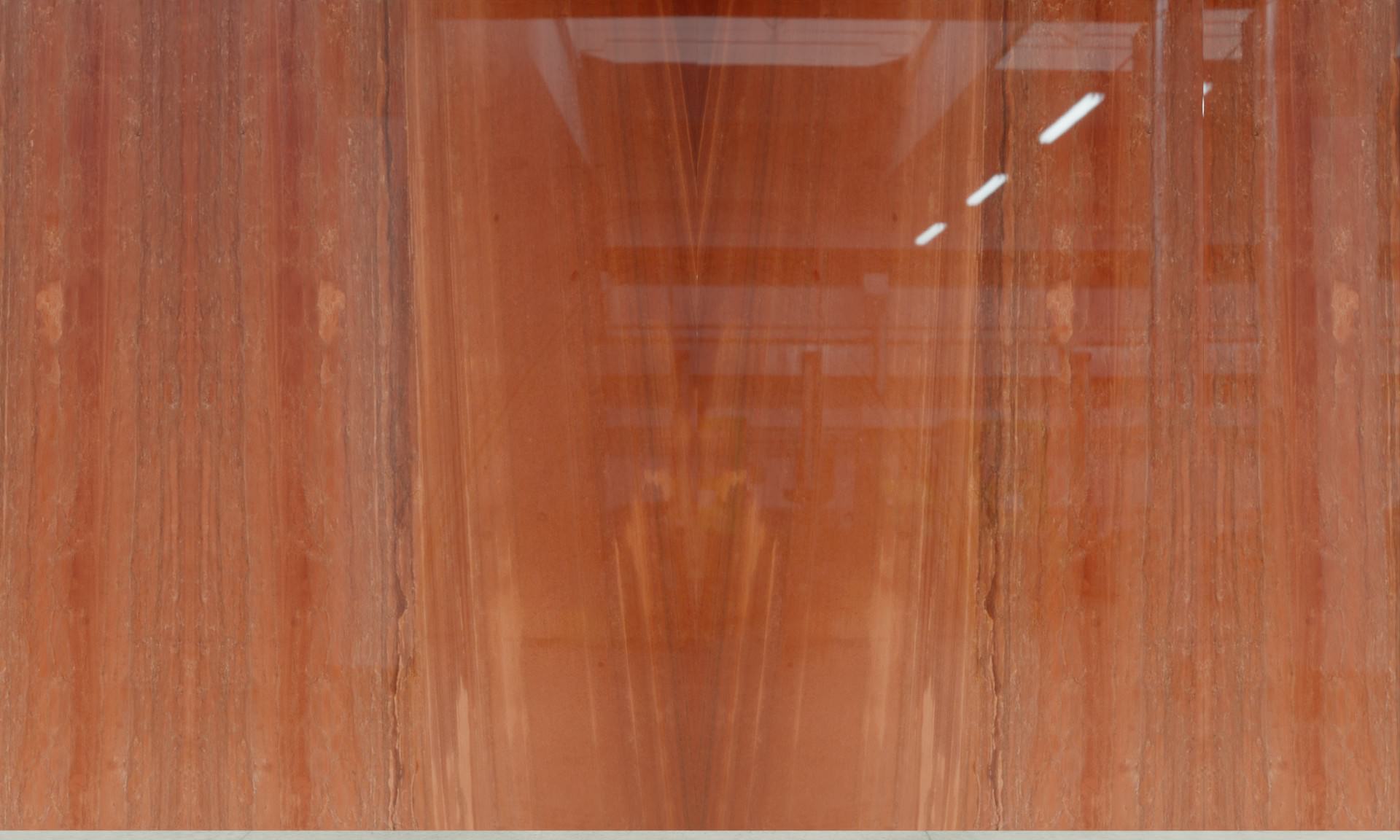 Vertical
Vertical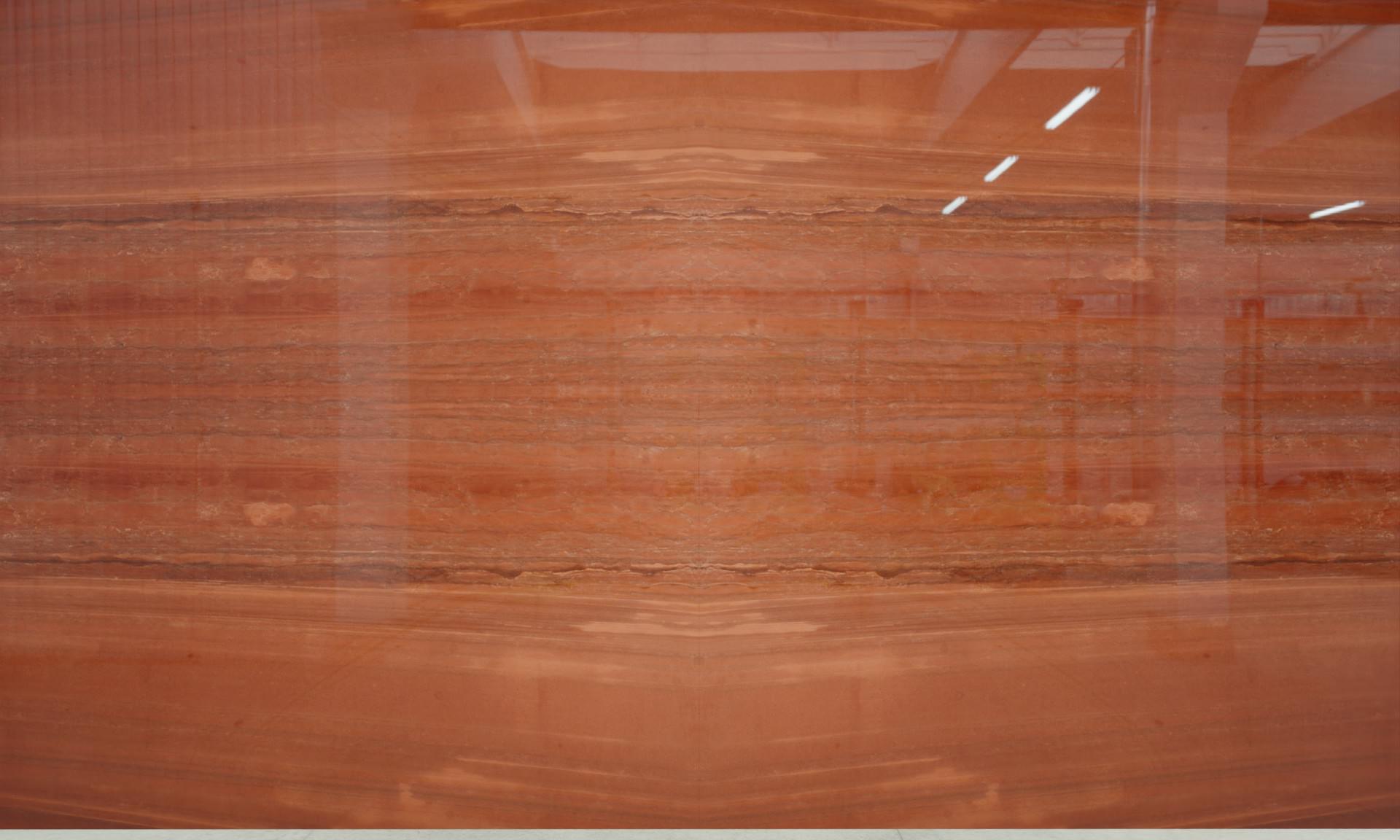 Horizontal
HorizontalFor Designers and Architects
| PETROGRAPHY CLASSIFICATION | QUARTZITE | |
| NORMA | TESTS | RESULTS |
| ABNT NBR 12766 | Water Absorption | – % |
| ABNT NBR 12766 | Apparent Dry Density | – kg/m³ |
| ABNT NBR 12767 | Compressive Strength83 | – mpa |
| ABNT NBR 12763 | Flexural Strength | – mpa |
| Abrasion Strength | – (cm²/cm³) | |
To simulate how a particular material would look as a floor, tabletop, or countertop in your home, use Augmented Reality technology on your smartphone. It’s easy! Just click on the “View in your space” button and you’ll be able to see the virtual object in your real environment. Try it now!
3D/AR View
Click on the CARDS below and choose different options to simulate the material with AR in your environment through your Smartphone’s camera.
Classification
Type: QUARTZITE
About
Urucum – Natural Exotic Stone by SuperClássico Natural Stones
Composition
Surface Finishings
Polished
It is the “shiny” surface that results in the plate when receiving the complete finish, that is, until the last grain. Depending on its composition, the polished material may have a higher or lower brightness intensity.
Brushed
It is the resultant surface in the sheet when it receives roughing treatment performed by steel brushes or synthetic materials. Different brushing models can be executed, with greater roughness, medium and few.
Soft Leather
It is the resultant surface in the sheet when it receives roughing treatment performed by steel brushes or synthetic materials. Carried out with a brush of low roughness, which gives it a lightly textured look like fabric.
Flamed
It is the resultant surface in the plate when it receives heat treatment (burned with torch specially developed for the function) that takes out small flakes of the same, making the surface slightly irregular producing the impression that it is rustic.
Honed
It is the resultant surface on the sheet when receiving abrasive grinding wheels up to the grain 120. This grain defines the surface finish limit either as anti-slip or even for the application of resin and subsequent polishing.
Leather Finish
It is the resultant surface in the sheet when it receives roughing treatment performed by steel brushes or synthetic materials. Depending on the type of brushes used you can still reproduce in some materials a surface with a design similar to natural leather.


